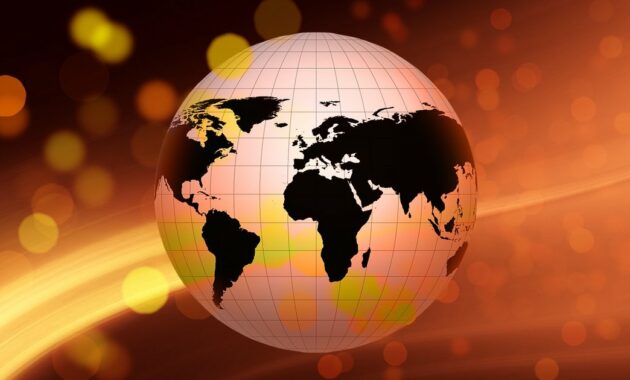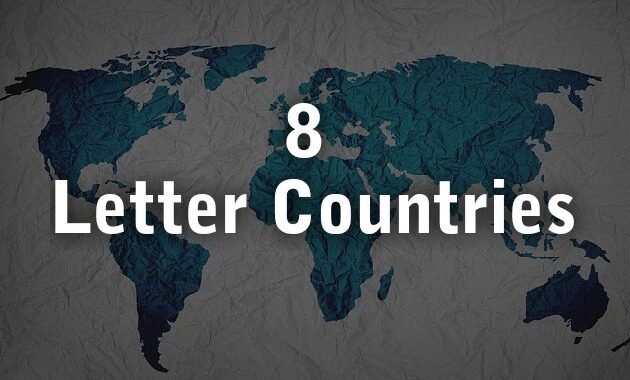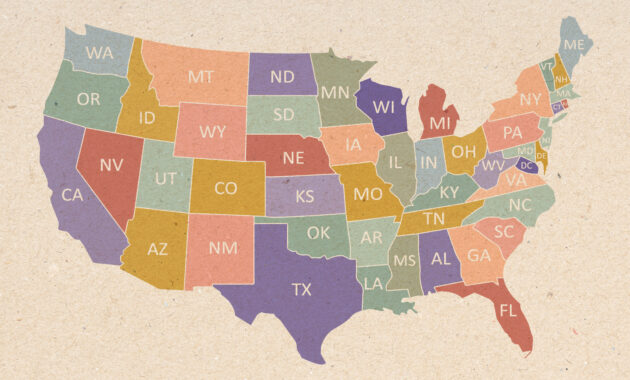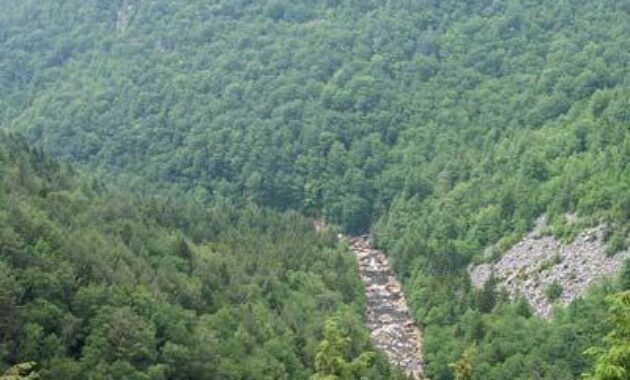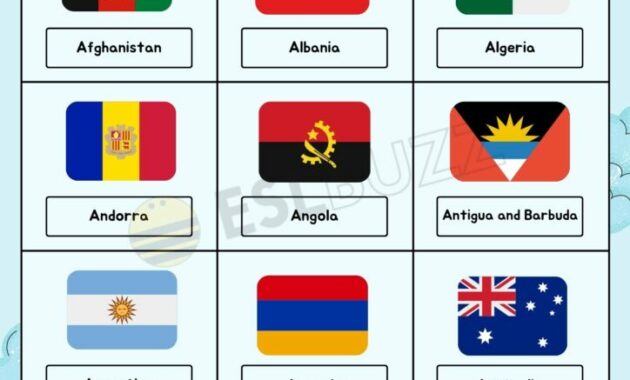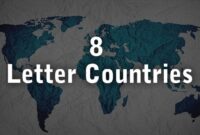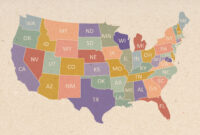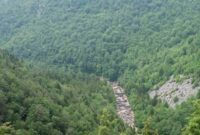Alright, check it, fam. Let’s get into this geographical knowledge, you know? We gonna break down some countries and their names, give you a lil’ something to chew on.
Now, listen up, ’cause geography ain’t just about maps on the wall. It’s about understanding the world, where people at, and sometimes, how their places get their names. We gonna peek at two different map situations – places ending in certain letters and see what the deal is.
Countries with Web Endings

Alright, so peep this map. It shows countries and their internet domain endings. That’s the “.com” or “.org” or whatever that comes after a website name. Each country got its own little code, you feel me? These codes ain’t always what you expect, either. Sometimes, it’s straight-up obvious, like “.us” for the United States. But other times, it’s a little more…obscure. Think about it: how many folks know that “.tv” ain’t just for television networks, but it’s actually the country code for Tuvalu, a small island nation in the Pacific? Or that “.me” belongs to Montenegro? It’s all about the International Organization for Standardization (ISO) assigning these codes. It’s kind of a quirky system, showing off the diversity of countries across the globe, right down to the internet.
Why this even matter, you ask? Well, think about it. Businesses gotta register their websites with the right country code if they targeting folks in that area. Helps people find stuff, builds trust. Plus, it’s a way for countries to flex their digital space, you know? Claim their stake in the online world. And sometimes, these codes get used in creative ways – like when a business whose name ends in “.ly” sets up shop under the Libyan country code. It’s all a big, interconnected web – pun intended – of geography, economics, and technology.
But dig deeper, and you start seeing the bigger picture. This map isn’t just about internet addresses; it’s about national identity in the digital age. How countries choose to represent themselves online reflects how they see themselves in the world. And sometimes, that identity is tied to historical factors, cultural values, or even just the practical realities of running a country. So, next time you see a website with a weird country code, don’t just brush it off. Think about the story behind that little dot, and the country it represents.
Now, let’s talk about the challenges here. Small countries, especially island nations, sometimes lease out their domain codes because…well, they need that paper, you feel me? It’s a revenue stream. And then you got the issue of squatters – folks who grab domain names hoping to sell them for a profit. It’s a digital land grab, and it ain’t always pretty. Managing these country codes is a balancing act between promoting national interests, making money, and keeping things running smoothly for everyone online. It’s a complex world, this internet thing. It mirrors a lot of the same stuff that happens in the real world.
The cool part is that it’s constantly evolving. As new technologies emerge and the internet keeps changing, these country codes are gonna adapt too. We might see new uses for them, new ways for countries to brand themselves online. It’s all part of the ongoing story of globalization and the digital revolution. So, keep your eyes peeled and your mind open. You never know what you might learn from just a little dot and some letters after a website address.
Countries Ending in “Stan”

Alright, now let’s shift gears and focus on something different: the ‘Stan’ nations. You see a whole bunch of countries endin’ with that – Afghanistan, Kazakhstan, Uzbekistan, Turkmenistan, Kyrgyzstan, and Pakistan (though technically it’s Pak-i-stan, but the principle stands!). What’s the deal with that?
Well, “stan” comes from Persian (Farsi) and basically means “land” or “place of.” So, when you put “stan” after a name, you’re saying “the land of [that people].” Like, Kazakhstan is literally “the land of the Kazakhs.” Makes sense, right? It’s like “shire” in England, like Yorkshire – “the shire of York”.
These ‘Stan’ countries are mostly located in Central Asia, a region with a long and complicated history. They’ve been crossroads for empires, trade routes, and cultures for centuries, from the Silk Road to modern-day geopolitical maneuvering. Each of these nations has its own unique blend of cultures, languages, and traditions, shaped by centuries of interactions with various empires and peoples. We talking Persians, Turks, Mongols, Russians – everybody wanted a piece of this area at some point. It’s a complex area, full of interesting people and amazing history. But you need to do your research to really understand it.
Afghanistan’s a good example. Been through so much, man. Always at the center of conflict, caught between different powers. But it’s also a land with a rich cultural heritage, a strong sense of national pride. Pakistan, on the other hand, has a whole different story. Created out of the partition of India, it’s a relatively young nation with its own struggles and triumphs. And then you got the Central Asian ‘Stans’ – Kazakhstan, Uzbekistan, Turkmenistan, Kyrgyzstan, Tajikistan – each with its own unique journey after breaking away from the Soviet Union. They are figuring out their own paths, balancing tradition with modernization.
And that’s the thing about the ‘Stan’ countries. They’re not just a geographical group; they’re a collection of nations grappling with their identities in the modern world. They are dealing with issues like economic development, political reform, and cultural preservation, all while navigating the complex geopolitical landscape of Central Asia. They’re trying to figure out who they are and how they fit into the global picture. Its very complex and not talked about enough in western media. And its important to understand.
Now, sometimes people try to lump all these ‘Stan’ countries together, but that’s a mistake. Each one is different, with its own history, its own struggles, and its own aspirations. Kazakhstan is rich in natural resources. Uzbekistan is known for its ancient cities and cultural heritage. Turkmenistan is…well, Turkmenistan is Turkmenistan – got its own unique thing going on. Kyrgyzstan is known for its beautiful mountains and nomadic traditions. Gotta respect them all, each country is dealing with it own stuff and figuring it all out.
These countries are super important in the global game. They got resources, they’re located strategically, and they’re right in the middle of all kinds of international politics. Think about the pipelines that run through these countries, carrying oil and gas from Central Asia to the rest of the world. Think about the different powers – Russia, China, the United States – all vying for influence in the region. It’s a geopolitical chessboard, and the ‘Stan’ countries are key players.
So, the next time you hear someone talking about the ‘Stan’ countries, remember that they’re more than just a group of places with similar-sounding names. They’re a diverse and dynamic region with a rich history, complex present, and uncertain future. They are all trying to figure it out, just like everyone else, but they are having to do it on a global scale. Remember to be respectful and take time to actually learn about these places.
If you are looking for Countries Ending in ? Quiz Playlist you’ve came to the right page. We have 5 Pictures about Countries Ending in ? Quiz Playlist like Countries Ending in ? Quiz Playlist, Countries Ending in 'U' Quiz and also Web Ending Countries – CEIP PUNTA DE N'AMER (English Web). Read more:
Countries Ending In ? Quiz Playlist
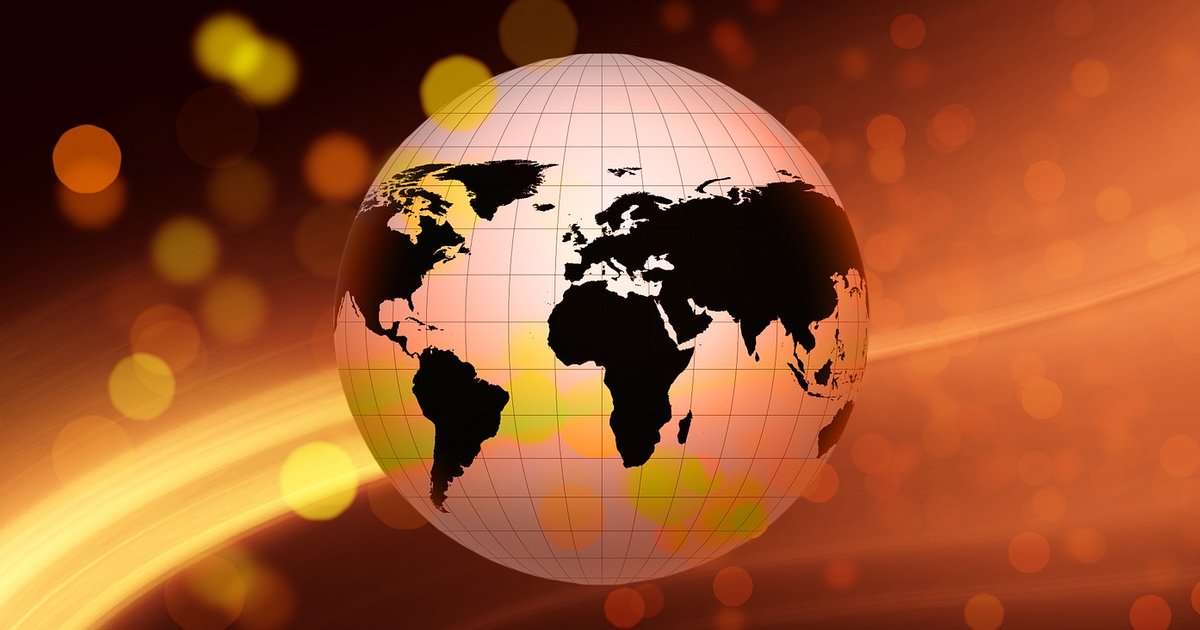
www.sporcle.com
Web Ending Countries – CEIP PUNTA DE N'AMER (English Web)

cppuntadenamer.jimdofree.com
Countries Ending In 'U' Quiz

www.sporcle.com
Countries With Names Ending In “Stan” [1920×897] – The Photos Will
![Countries with names ending in “Stan” [1920×897] – The Photos will](https://i1.wp.com/upload.wikimedia.org/wikipedia/commons/thumb/7/72/Map_of_Countries_with_Names_Ending_in_'-stan'.png/1920px-Map_of_Countries_with_Names_Ending_in_'-stan'.png?ssl=1)
nonstopphotos.wordpress.com
stan countries ending staaten enden
Quick Pick: Countries Ending In -an Quiz
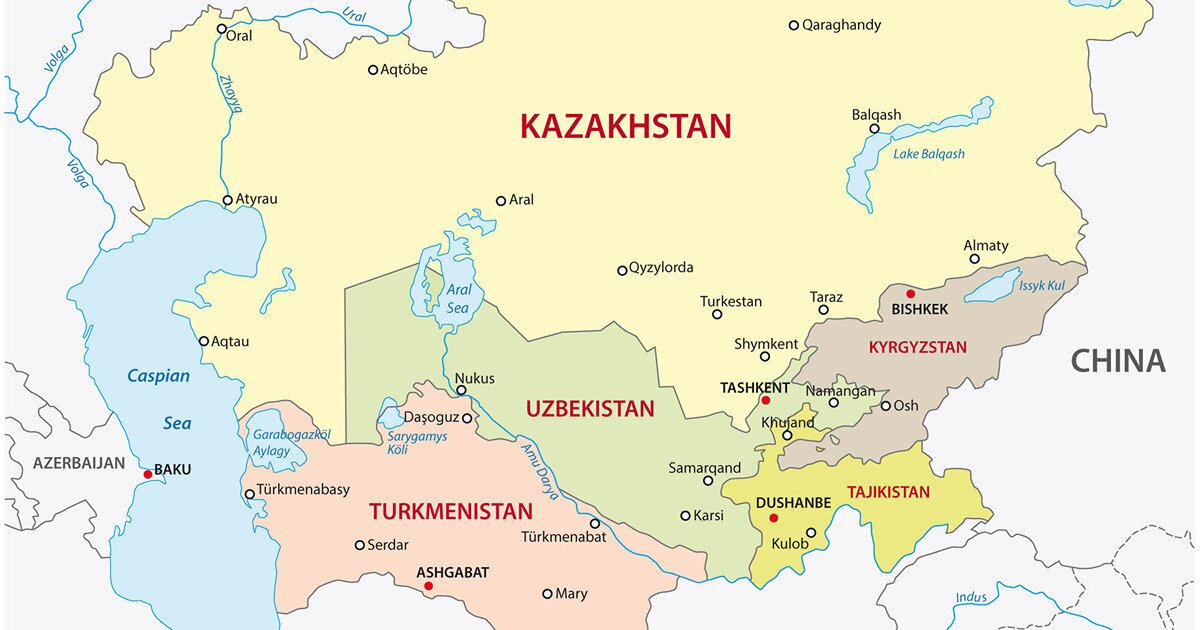
www.sporcle.com
Countries with names ending in “stan” [1920×897] – the photos will. Web ending countries. Countries ending in ? quiz playlist



